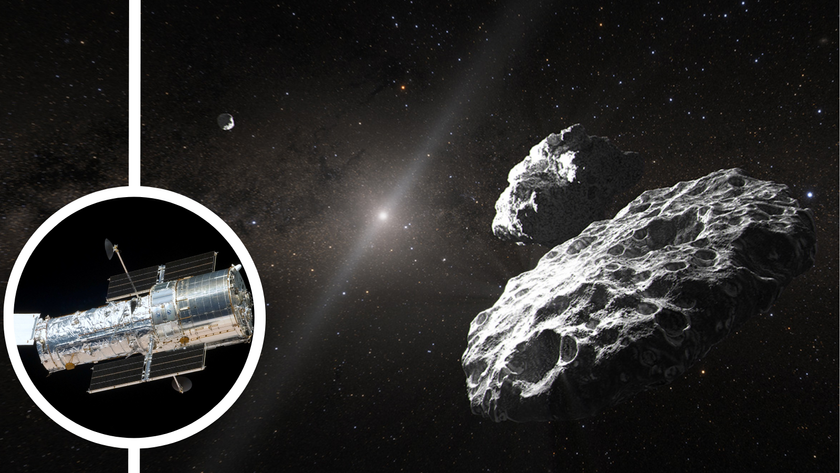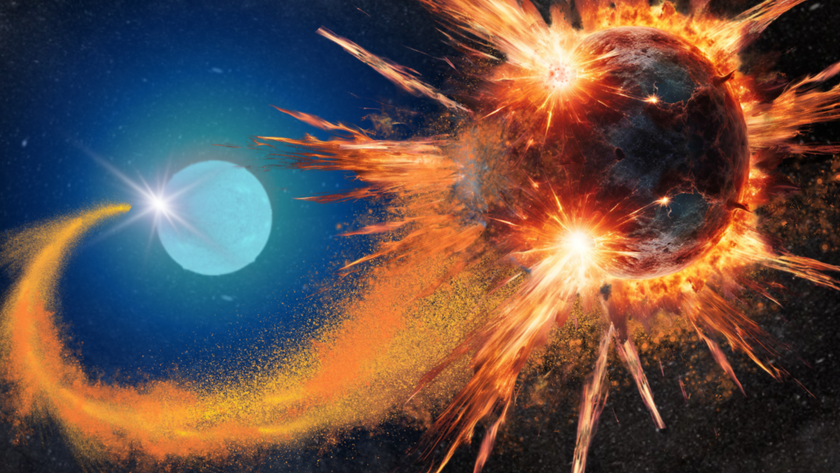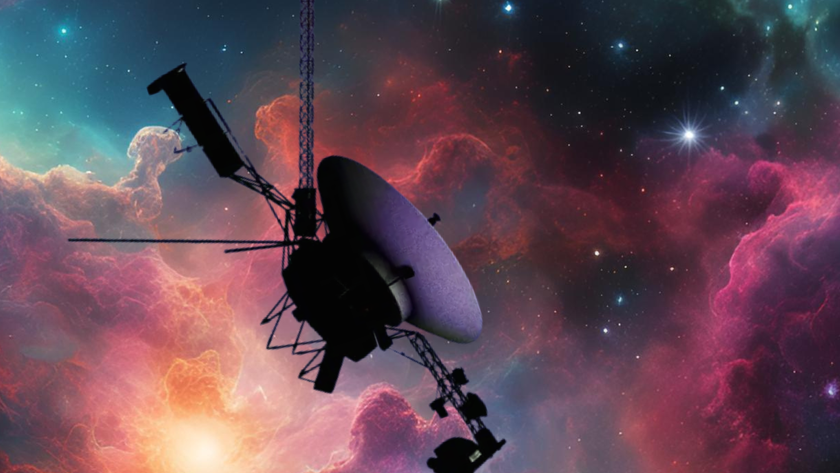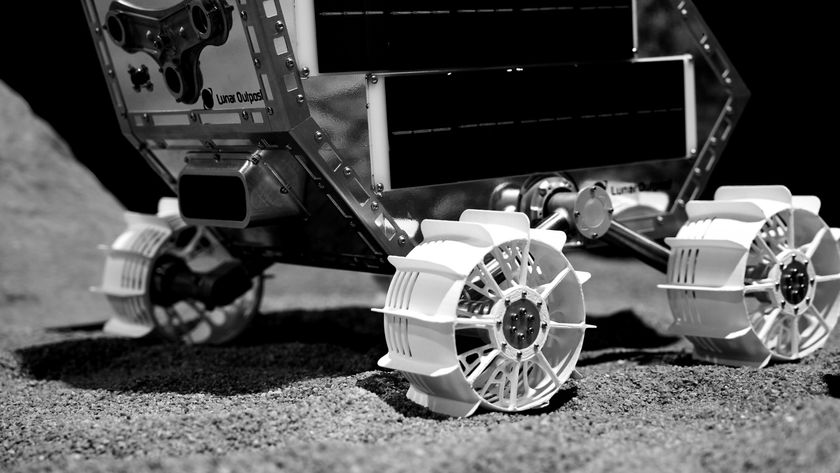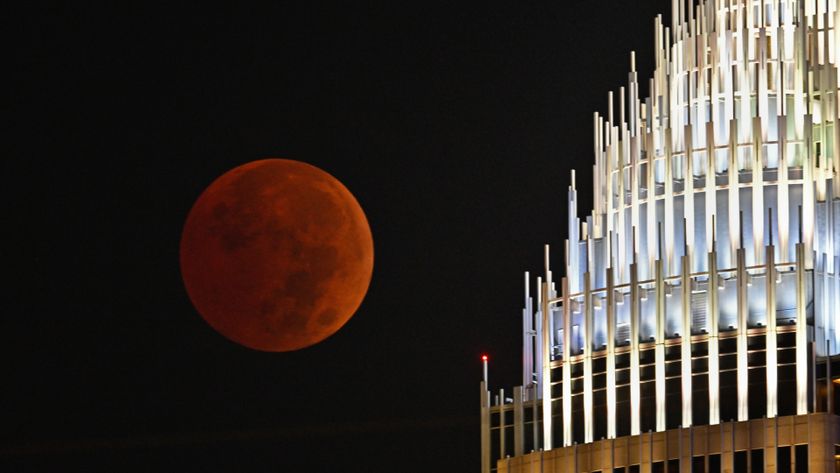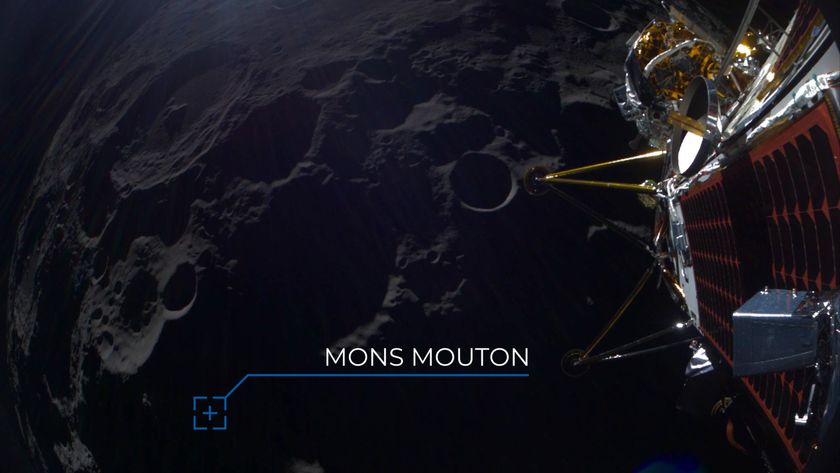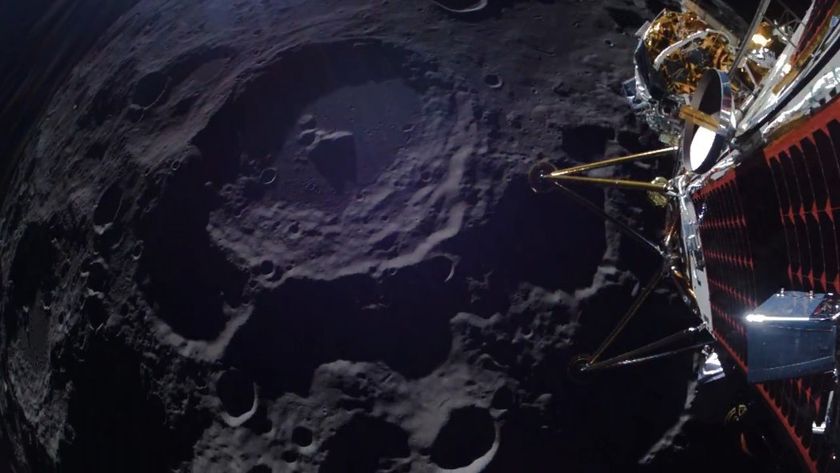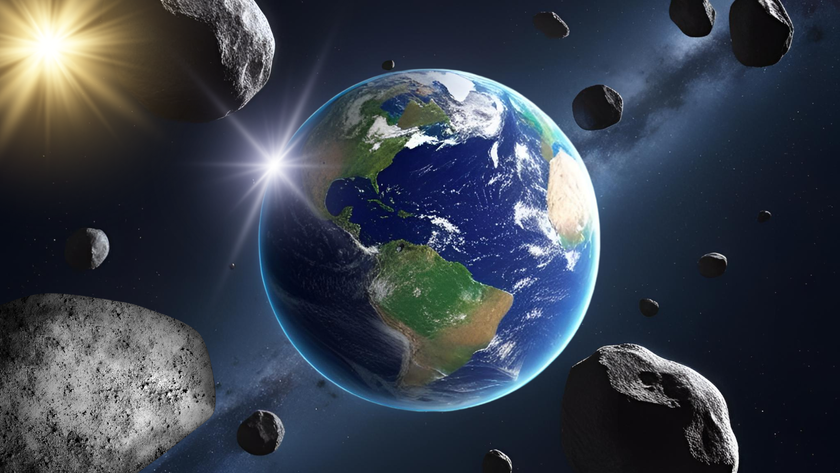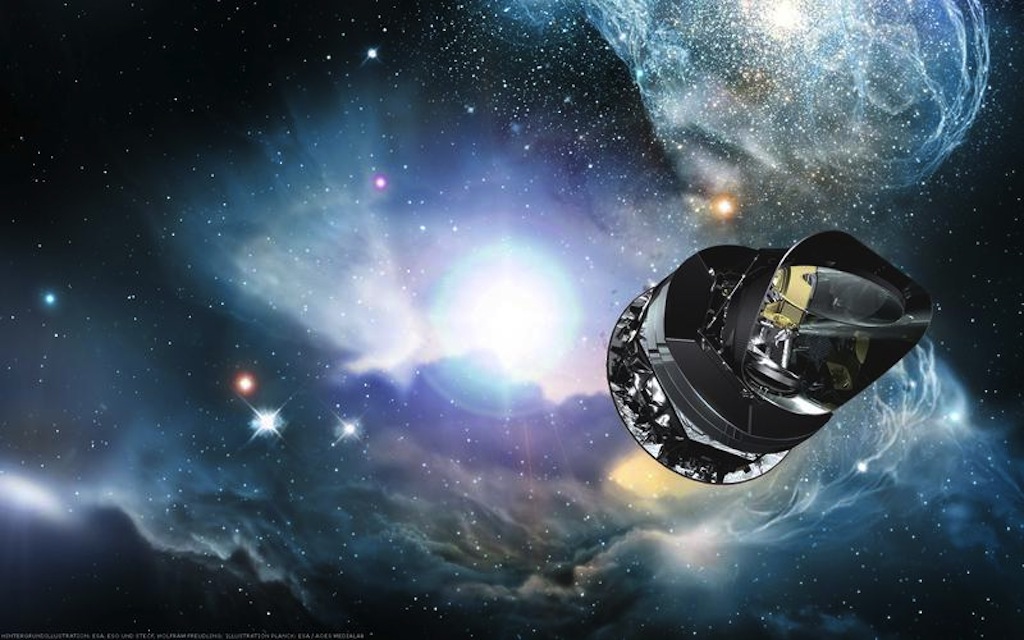
The mysterious dark energy that's driving the universe's accelerated expansion may have its roots in the background "vacuum energy" that pervades all of the cosmos, a new study suggests.
"What we think is happening is a dynamic effect of the quantum vacuum, a parameter that we can calculate," co-author Joan Sola, of the University of Barcelona in Spain, said in a statement. "Nothing is more 'full' than the quantum vacuum since it is full of fluctuations that contribute fundamentally to the values that we observe and measure."
Though dark energy constitutes about 75 percent of the universe, scientists don't know exactly what it is. They've developed several different ideas, including the theory of "quintessence," which proposes a sort of anti-gravitating agent that repels rather than attracts. [The History & Structure of the Universe (Infographic)]
Another concept posits the existence of a "phantom field" whose density continues to increase with time. This theory predicts an accelerating expansion so powerful that it will eventually break apart the bonds that hold atoms together, tearing the universe apart in a "Big Rip" about 20 billion years from now.
The quintessence and phantom field hypotheses are based partly on data gathered by NASA's Wilkinson Microwave Anisotropy Probe (WMAP) and the European Space Agency's Planck satellite— spacecraft that have studied the cosmic microwave background, the ancient light that began saturating the universe 380,000 years after the Big Bang.
In the new study, Sola and lead author Spyros Basilakos of the Academy of Athens in Greece analyze the same spacecraft observations and find less support for either quintessence or the phantom field idea.
"Our theoretical study demonstrates that the equation of the state of dark energy can simulate a quintessence field, or even a phantom field, without being one in reality," Sola said. "Thus, when we see these effects in the observations from WMAP, Planck and other instruments, what we are seeing is a mirage."
Get the Space.com Newsletter
Breaking space news, the latest updates on rocket launches, skywatching events and more!
Basilakos and Sola instead suggest that dark energy is a type of dynamic quantum vacuum energy — something different than Einstein's cosmological constant, which describes a static vacuum energy density and is another possible explanation of dark energy's nature.
Basilakos and Sola acknowledge there are some issues with the quantum vacuum energy theory but say it's a promising idea.
"However, quintessence and phantom fields are still more problematic; therefore the explanation based on the dynamic quantum vacuum could be the more simple and natural one," Sola said.
Follow Mike Wall on Twitter @michaeldwall and Google+. Follow us @Spacedotcom, Facebook or Google+. Originally published on Space.com.
Join our Space Forums to keep talking space on the latest missions, night sky and more! And if you have a news tip, correction or comment, let us know at: community@space.com.

Michael Wall is a Senior Space Writer with Space.com and joined the team in 2010. He primarily covers exoplanets, spaceflight and military space, but has been known to dabble in the space art beat. His book about the search for alien life, "Out There," was published on Nov. 13, 2018. Before becoming a science writer, Michael worked as a herpetologist and wildlife biologist. He has a Ph.D. in evolutionary biology from the University of Sydney, Australia, a bachelor's degree from the University of Arizona, and a graduate certificate in science writing from the University of California, Santa Cruz. To find out what his latest project is, you can follow Michael on Twitter.
